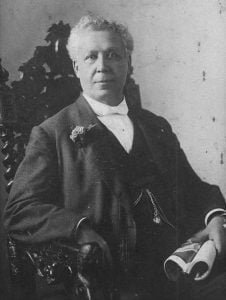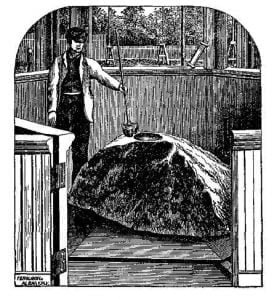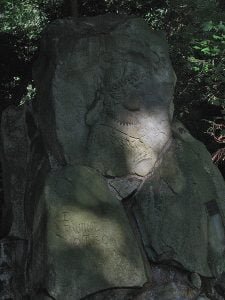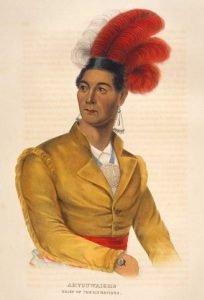Treaty of March 29, 1797
Relinquishment to New York, by the Mohawk nation of Indians, under the sanction of the United States of America, of all claim to lands in that state. At a treaty held under the authority of the United States, with the Mohawk nation of Indians, residing in the province of Upper Canada, within the dominions of the king of Great Britain, present, the honorable Isaac Smith, commissioner appointed by the United States to hold this treaty; Abraham Ten Broeck, Egbert Benson, and Ezra L’Hommedieu, agents for the state of New York; captain Joseph Brandt, and captain John Deserontyon, two of the … Read more




